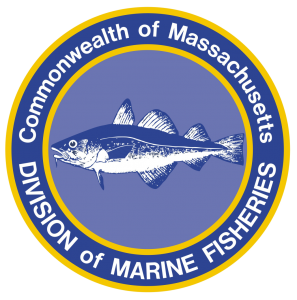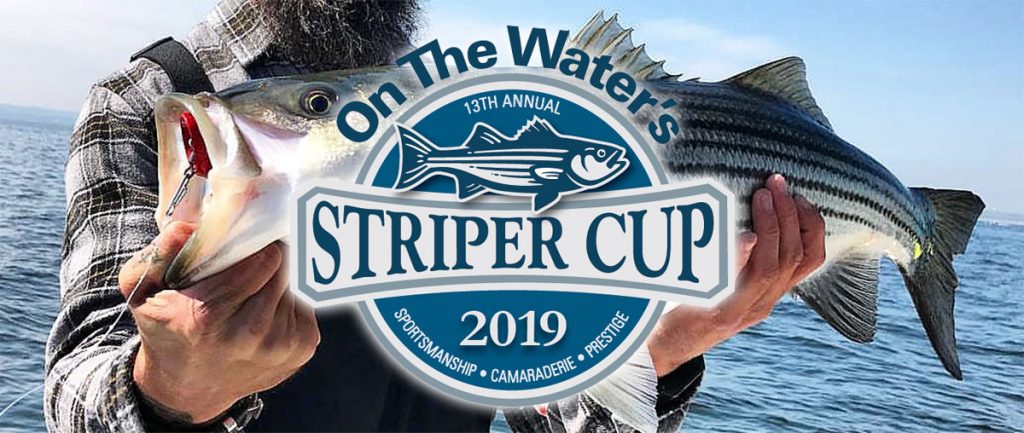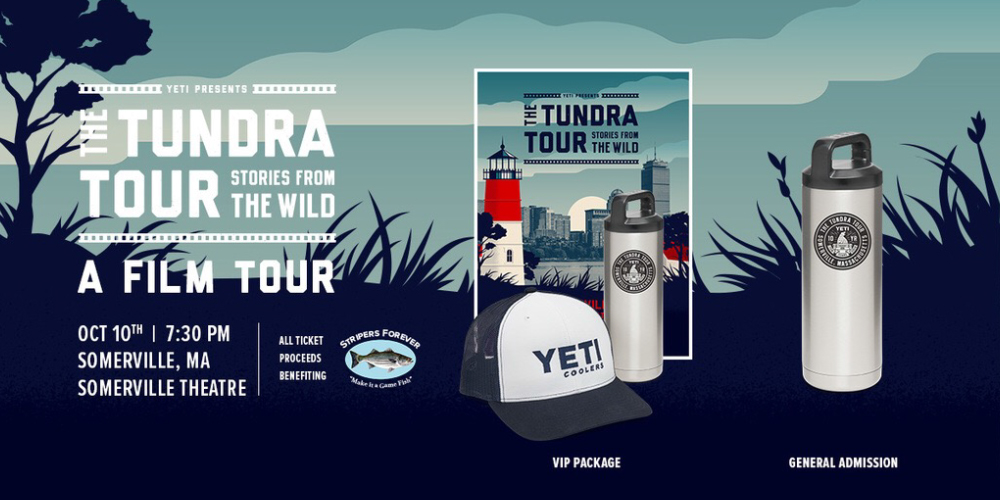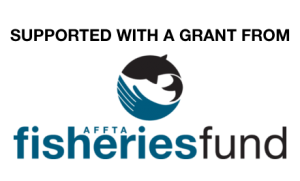MDMF PROPOSES NEW SB REGULATIONS
“DAWN COMES TO MARBLEHEAD“, a memo from Massachusetts
For those that are not familiar with the expression “Dawn comes to Marblehead” it literally refers to the easternmost town in Massachusetts that is the first to “see the light” from the rising sun. It also refers to a person or in this case people who are slow to grasp the facts but finally understand.
Background: Massachusetts is the number one destination for striped bass fishermen. More striped bass are killed in Massachusetts both purposefully (commercially) and inadvertently (catch and release – C&R – mortality) than any other state along the east coast. After many years of putting pressure (read Stripers Forever plus many others) on the MA Division of Marine Fisheries (MDMF) to take conservation measures to reduce released striper mortality the Division itself is finally proposing new striped bass regulations to address the wasteful loss to C&R. Having the Division making the proposals themselves is a major game changer and their proposals are the exact changes that we have been seeking, pleading for, for more than 10 years…. the sun has risen over Marblehead – finally!
MDMF is proposing that the use of gaffs to remove or attempt to remove striped bass from the water be prohibited. It is impossible to accurately measure a fish while it is still swimming on the end of a line. A high proportion of the striped bass caught in MA will be under the legal keeper size of 28 inches and will have to be released hopefully alive. Using a gaff is deadly and wastes a valuable resource that is already in trouble.
Also, it is proposing to mandate the use of inline circle hooks beginning in 2020 by anglers fishing for striped bass with whole or cut natural baits. The circle hook mandate would not apply to artificial lures designed to be trolled, casted and retrieved, or vertically jigged with a natural bait attached. Using in-line circle hooks will dramatically reduce the number of fish that are gut hooked and unnecessarily die after being returned to the water.
These proposed regulations will be heard at two public hearings. WE URGE YOU TO ATTEND and express your support of both proposals! The public hearings scheduled to take comments on these and other proposals are at 6 p.m. on Monday, Feb. 25, at Admiral’s Hall at the Mass. Maritime Academy, located at 101 Academy Drive in Buzzards Bay; and at 6 p.m. on Wednesday, Feb. 27 at DMF’s Annisquam River Station, located at 30 Emerson Avenue in Gloucester. Mark the dates.
The Division of Marine Fisheries will also accept public comment through 5 p.m. on Friday, March 1. Please address all written comments to Director Pierce and submit to DMF by e-mail at marine.fish@state.ma.us or by post to 251 Causeway Street, Suite 400, Boston, MA 02114. Please do this as soon as you finish reading this memo. Thanks!
You have an opportunity to have a direct impact on the outcome of these hearings and thus potentially save the lives of many thousands of striped bass. Please don’t let these fish be killed because we were too lazy to make a small effort to save them. There are times when, as members of Stripers Forever, we are handed a wonderful opportunity to make a difference. This time is now.
This is not a lecture although it sure reads like one. No, the fact is that you will make a difference whether you act or not. If each of us is proactive and show up in numbers and send enough emails we will convince the nine-person oversight board (MA Marine Fisheries Advisory Commission) to implement the proposals. However, if we (you) choose to do nothing then the commercial folks will once again rule the day and the Board will vote the proposals down. Your choice, to take action or to do nothing will, as I said, make a difference – one way or another.
Sorry, I guess this actually is a lecture! However, the outcome really is up to you and what you choose to do about it. Yes, you have heard us ask for your help before but this time, because these proposals now come from the Division itself and not us or from “the outside” as before, this time we have a real chance to be successful. A ton of work has been invested in trying to change the rules in order to protect more fish from wonton waste. Let’s make it happen. With your help – PLEASE – this time it has a real chance of becoming a true conservation reality…… and, it sure would be nice to win one for a change! Please mark your calendars and send that email. Thanks.
ON THE WATER STRIPER CUP 2019- NOW NO-KILL NECESSARY TOURNAMENT
Kudos to the folks at On The Water magazine and T.V. show for their forward-thinking decision to make their 2019 Striper Cup Tournament a 100% no kill necessary event! “The mission statement of the Striper Cup has always been “to celebrate fishing for the beloved striped bass. ”That remains unchanged, and I think most striper fishermen would agree that there’s no better way to celebrate catching a big striper than to watch it swim away.” OTW This will have a marked and positive impact on the fishery as the Striper Cup is the largest striper tournament on the east coast. We take our hats off in praise of On The Water for their sincere and well thought out efforts to conserve these valuable fish for the future. Will the Martha’s Vineyard derby now follow suit? The increased acceptance of C&R is more reason for you to support the no gaff and mandatory circle hook proposals today.
2018 ANNUAL ANGLER SURVEY RESULTS
The results of the Stripers Forever 2018 Annual Fishing Survey are finalized, and you can view all of the results below. For 2018 we received 450 responses to our annual survey. The survey has again produced a good representative sampling of sentiments from fishers all along the striper’s migratory range, and as usual MA and NJ vied for the greatest contributions with 114 and 112 completed surveys respectively. NY had 56, RI 44, and ME 46. 85% of our respondents had more than 10 years of experience fishing for striped bass.
2018 saw the reversal of what had been a tiny uptick in angler catch statistics. In 2015 and 2016 the percentage of anglers who said that they caught fewer or many fewer stripers per hour declined a little each year. Overall, angler sentiment was still quite negative, but it was improving. In 2017 that improvement stopped, and in 2018 anglers reported catching less striped bass for the time they put in fishing.
In all but one year of the last 7 anglers reported catching smaller striped bass. This seems to be a long term trend and certainly suggests to us that current regulations put too much pressure on large striped bass.
Answers to questions about the need for a slot limit allowing smaller-sized stripers show that our members continue to believe we should not be harvesting large, breeding stripers, and that they want to set aside a high percentage of the current commercial catch for conservation – and not harvest it themselves. Because of the need to fit a large, commercial quota into the overall striped bass plan regulators must suppress angler harvest. Regulators do that by adopting a high recreational minimum size like 28 inches so that most anglers will seldom be able to catch a keeper. The smaller stripers that the recreational anglers are prohibited from keeping, though, are instead gill-netted by commercial fishermen.
82% of our members – up slightly from 77% in 2016 – said that they are willing to buy a stamp to finance the buyout of the commercial fishery.
We had survey results from only 47 guides 2018. This is a very valuable industry. About 94% of the guide responses were that catching a lot of striped bass was either somewhat or very important to their clients. The guides know how to fish their areas, and can usually produce the best results possible from their home waters. If you are thinking about a guided trip please check out the guides and tackle shops listed on the Stripers Forever website. If you don’t see your favorite guide listed on our website just send us an e-mail at stripers@stripersforever.org. and let us know about it. The listing is free.
We will send this information to the press and fishery policy makers everywhere. We hope that you will use this information personally to help us advocate for the goal of coast-wide striped bass game fish. Please share the results with your local fishing club, home town newspaper, and elected officials that you may know.
FULL SURVEY RESULTS
- 2018 Annual Angler Survey- Full Results (Survey Monkey Graphs)
- 2018 Annual Angler Survey- Comments on Management of Fishery
- 2018 Annual Angler Survey- Guide Comments
- 2018 Annual Angler Survey- Key Comparisons 2003-2018
If you have any questions about the survey please don’t hesitate to email us at stripers@stripersforever.org
Yeti Tundra Tour- Sommerville, MA OCT 10- Proceeds to Stripers Forever
Join us at the Yeti Tundra Tour in Somerville, MA on October 10th at 7:30 PM. All ticket proceeds will benefit Stripers Forever. General Admission tickets secure you a Tundra Tour logo 18oz. Rambler Bottle. The VIP package will get you the same 18oz. Rambler Bottle plus a Yeti mesh back hat and Tundra Tour poster. Please join us for a great night and support Stripers Forever in the process.










